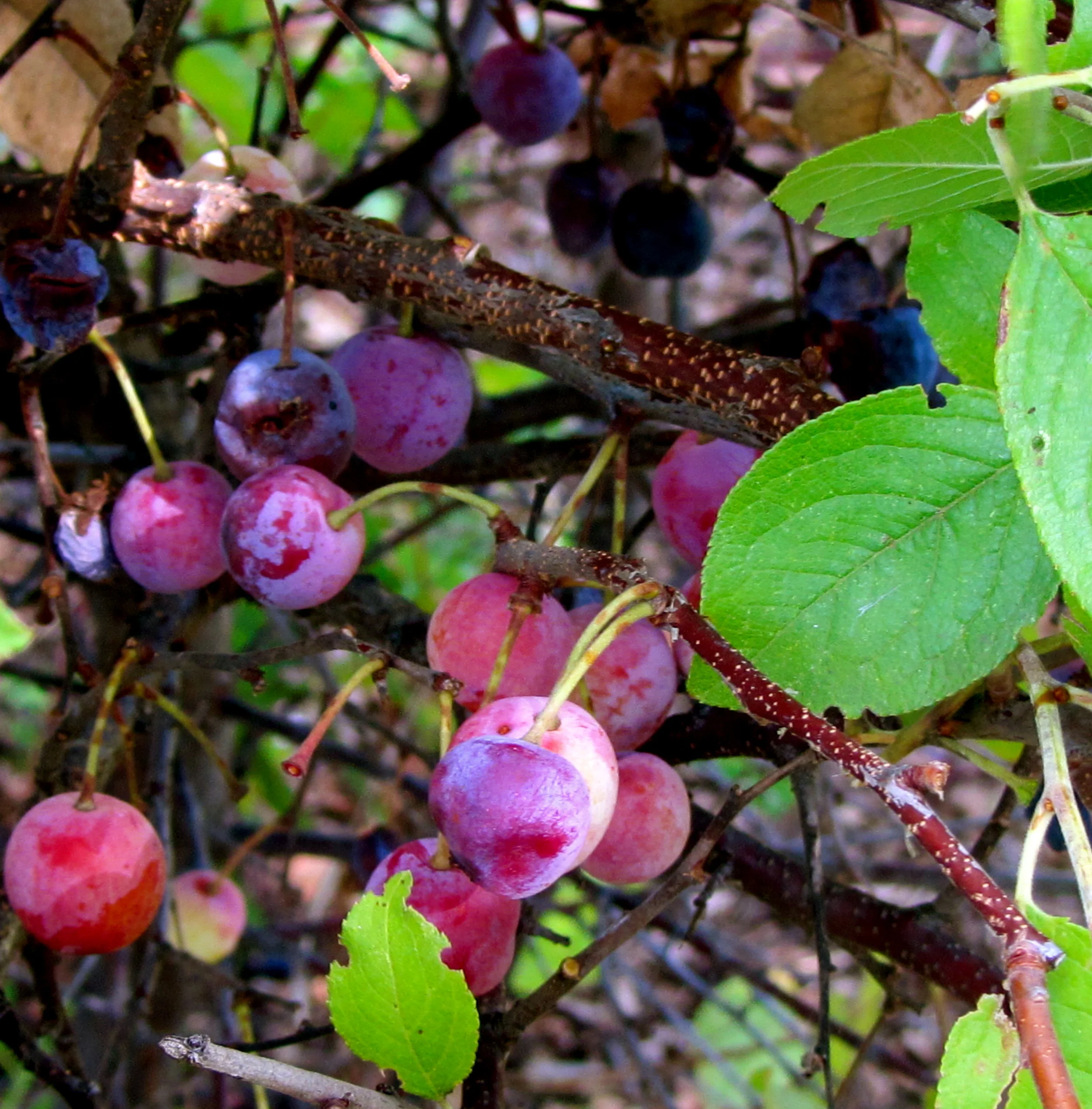Dandelion Croquettes are a crispy substitute to starchy side dishes
When I was growing up, the sight of sunny yellow dandelion blossoms decorating a lawn or pasture was a sure sign that winter and mud season were over. Spring, with all its promise of longer, warmer days and new growth, had officially arrived. Dandelion blossoms, when separated from the milky stems, can be enjoyed fresh, sprinkled over a green salad. Blossoms can be also be added to a number of recipes. I like to sprinkle petals in pancake batter. If you are skilled at making tempura, dip entire blossom in tempura batter. Here's my recipe for dandelion croquettes:
1 cup dandelion flowers - pinch the flower at the bottom, roll it & shake off the petals
1/2 cup flour
2 cloves garlic, minced
1/4 cup chopped onions
1/4 tsp dried thyme
1/4 tsp dried basil
1/4 tsp dried oregano
pinch fresh ground pepper
1 oz milk
oil for pan frying
Mix all ingredients
Add enough milk to make a stiff batter
Heat coconut oil or olive oil in a cast iron pan
Spoon golf-ball size amount of batter into the oil
Press into a flat shape for more even cooking Let croquettes cook 3 or 4 minutes until golden brown
Flip croquettes and brown on the other side Remove from pan and drain
Serve on a bed of ramp leaves or other greens.
Shopping List:
Foraged items
1 cup dandelion blossoms separated from stem
12-15 ramp leaves
Pantry Items:
1/2 cup flour
2 cloves garlic, minced
1/4 cup chopped onions
1/4 tsp dried thyme
1/4 tsp dried basil
1/4 tsp dried oregano
pinch fresh ground pepper
1 oz milk
oil
large lettuce leaves if you don't have access to ramps
Timeline:
1-2 Hours Before:
Gather dandelion blossoms
Only gather ramp leaves in season
30 Minutes Before:
Remove petals and separate dandelion petals
Mix ingredients to form batter
10 Minutes Before:
Heat cooking oil
Spoon batter into oil and press to flatten
Turn and cook the other side
Drain on paper towel
Arrange on bed of greens
Serve




